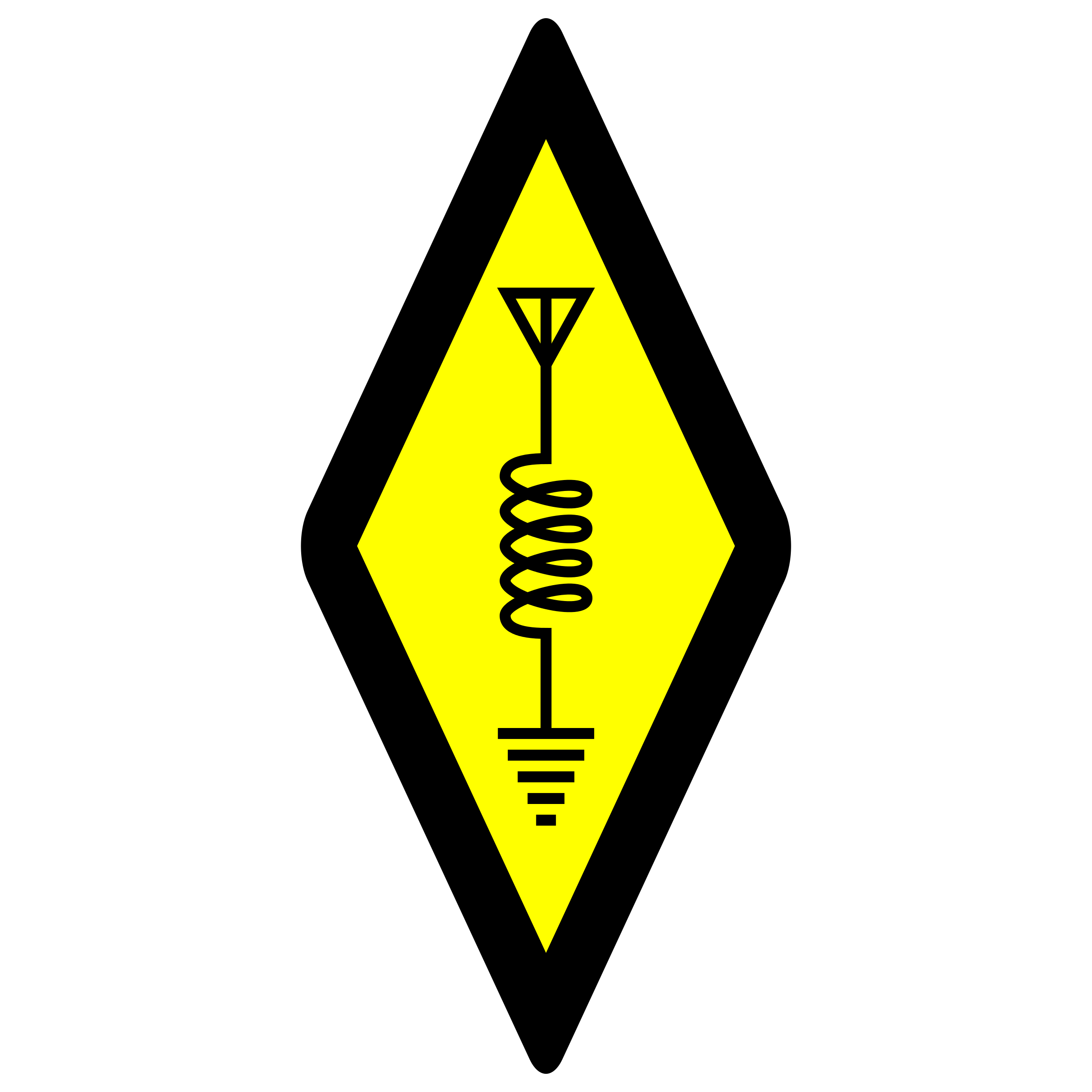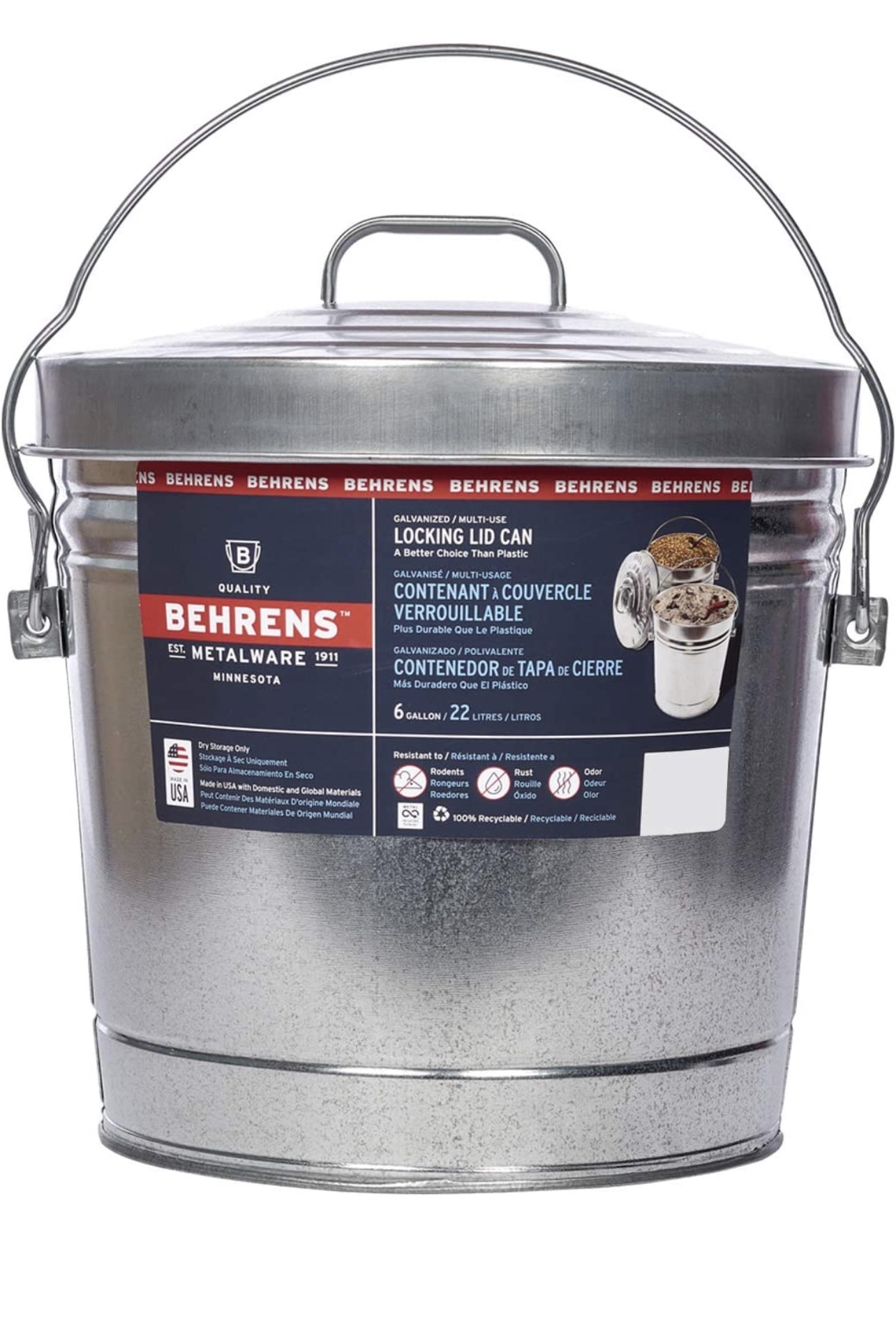
EMP Protective Containers
Part of the amateur radio hobby can include emergency communications and preparedness for infrastructure outages. One extreme scenario would be an EMP, either from nature or man made. An EMP could render any electronic device inoperable within the affected area of the EMP. The degree of damage and affected area can vary depending on the source and strength of the EMP.
EMP Sources
The Carrington event is one such example of a natural source of an EMP. Another source of an EMP could be man made, such as a device intended to cause an EMP or a side effect of a nuclear blast.
In either case, the EMP is localized somewhat. In the case of the Carrington event, the side of the earth facing the sun took the brunt of it. In the case of man made EMPs, the effects would be far more localized. This means, in theory, there will be areas unaffected by the EMP. Having communication capability would be important not only among those within the affected areas but to and from those outside the affected areas.
Equipment which survives such an event would suddenly become extremely valuable. Acquiring it afterwards would be difficult or near impossible for an extended period of time.
Protecting Equipment from an EMP
The only way to protect equipment from an EMP is to completely enclose it inside of a conductive box, such as a metal box. The enclosure would shield anything inside the box from the RF energy from the EMP. If there are any openings in the box, then the RF energy could affect the item(s) inside the box. Further, the equipment inside of the box should be insulated from the box itself, just in case RF currents make their way onto the inside surface of the box.
Of course if money were no concern (unlimited budget), we can buy a large metal box and buy two of every electronic device we have, one for daily use and another to keep inside of the large metal box. The size of the box might be as large as a small car. However, budget is most likely a concern for most of us, and spending a large sum of money on a backup that we’ll likely never need is not ideal.
There are suppliers of EMP containers but they are quite expensive. Further, some of the alternatives to metal enclosures such as EMP proof bags might not actually provide the protection they claim to.
Budget Conscious Preparedness
There are creative solutions for a DYI EMP protective container or box, such as ammo cans, popcorn tins, and metal garbage cans. Factors such as how much space you have for storing these containers and what you want to put inside them will determine what your options are.
In my example, I chose to use a small 6 gallon steel garbage can readily available at hardware stores and Amazon. I have to give credit to KI6NAZ for this idea. I have also used popcorn tins, except those were a bit smaller than this 6 gallon garbage can.
Behrens have a 10 gallon and full size cans in a similar form factor which may offer you more room if you need it.
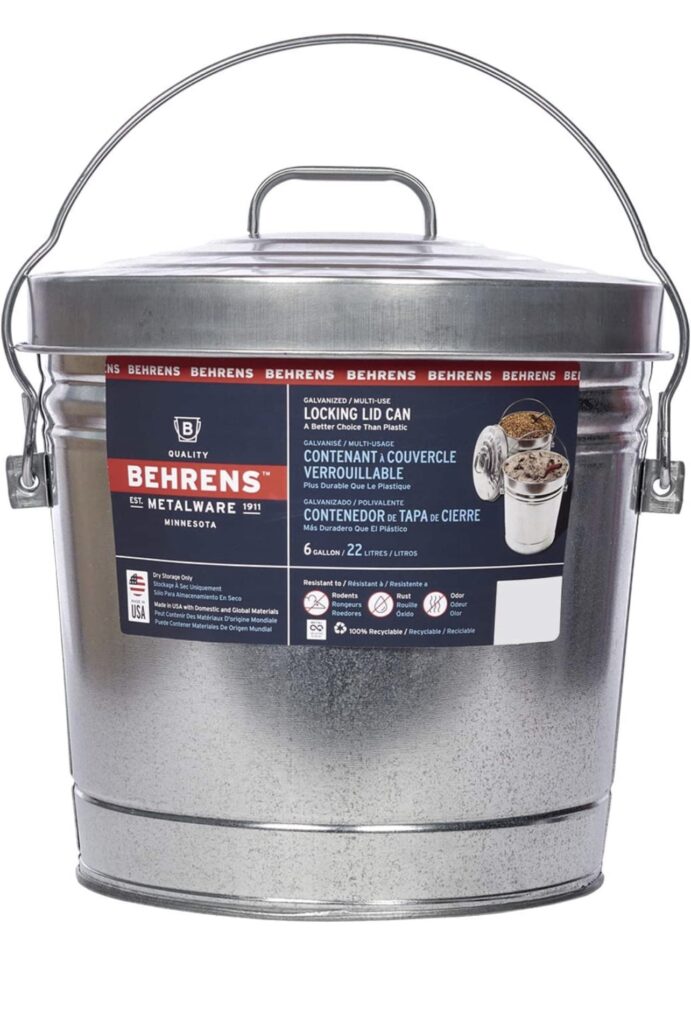
Preparing the Can
I lined the inside of the can with old plastic shipping envelopes from Amazon and contact cement. This provides insulation between the inside of the can and the devices I place inside the can. I placed a piece of cardboard at the bottom of the can.
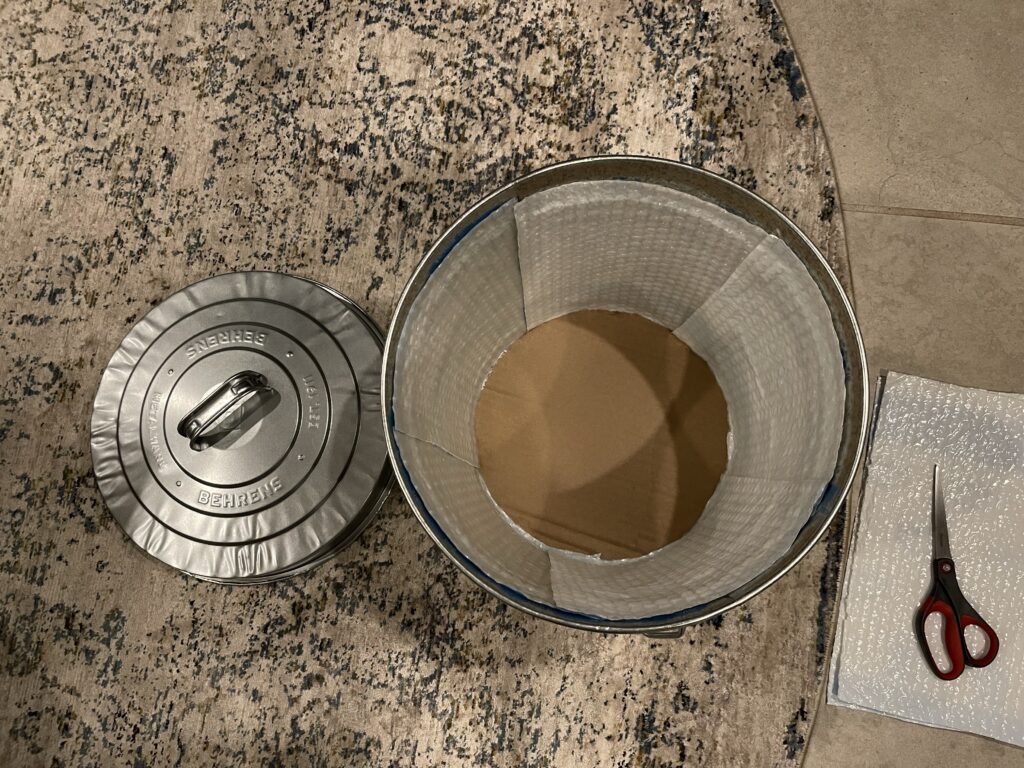
Even though the lid on this particular can is solid and tight fitting, I decided to experiment with additional sealing of the lid. Sure, the easiest thing to do is solder or weld it shut with all of the emergency equipment inside of it. However, the reality is, I use some of these items on occasion. I also want to use this can as a portable kit I can take wherever and whenever needed such as field work.
Testing
While I’m not an expert on EMP and it’s potential effects on electronic equipment, nor can I guarantee that anything I put together will completely protect from an EMP, I can crudely measure various options and ideas for sealing the lid. My theory is that adequate protection from EMP can be tested by placing RF receivers and transmitters inside the can and if they’re “cut off” from everything outside of the can, then it’s providing at least some protection from EMP. On the other hand, if the devices inside of the can still hear the outside world and vice versa, then adequate protection may not provided. Of course an EMP would be much stronger than the RF levels I’m testing with.
My method of measurement involved two devices: an iPhone and a Baofeng HT. The iPhone is a good sample of a relatively low power RF transceiver and the Baofeng HT is a good sample of something with a bit more power. I chose these items because they each fit inside of the can with their respective power supplies and antennas.
Initial Results
First, I placed the iPhone in the can, powered on, and with all services enabled (Wi-Fi, Bluetooth and cellular). I then placed the lid on the can. I used the “play sound” button on my watch which plays a pinging sound on the phone (this is helpful if you leave your phone somewhere in the house and can’t remember where). Much to my disappointment, the sound played on the iPhone.
If the iPhone was able to receive RF, then the can isn’t sufficiently sealed. I noticed the handle on the lid of the can had tiny gaps where it was mounted through the metal. I soldered the gaps closed from the inside of the lid.
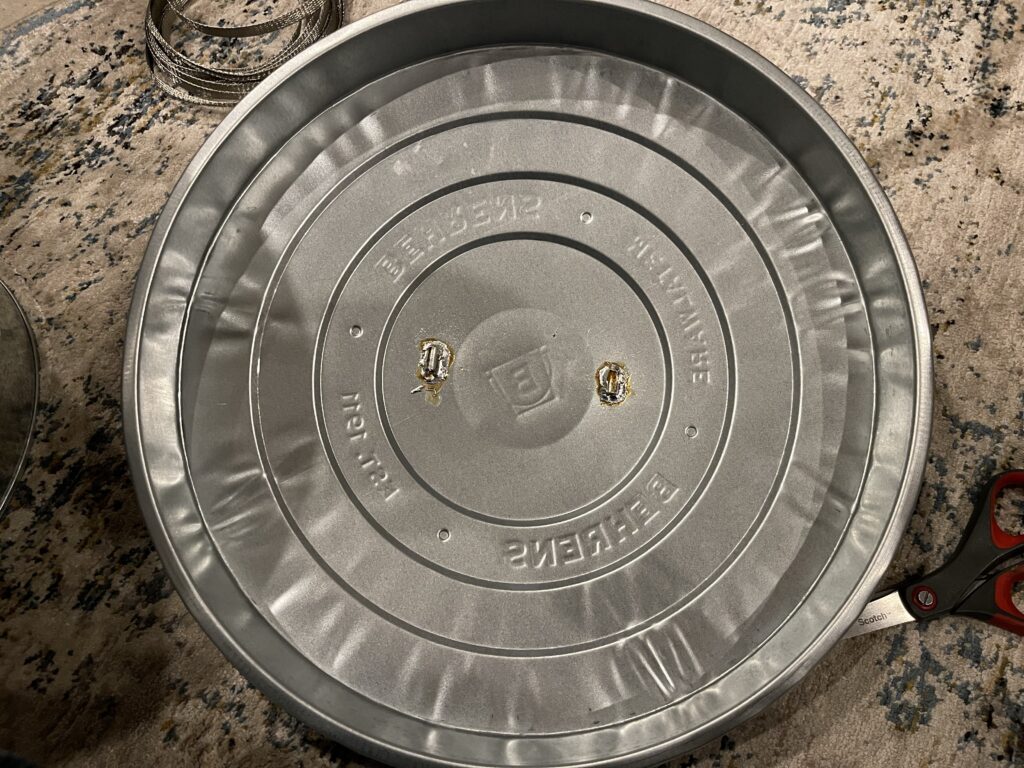
I repeated my test, and again, not good enough of a seal. The iPhone played the pinging sound from inside the can.
A Reusable Lid Seal
I thought that the lid itself must not be making a good enough seal when placed on the can. So I created a conductive seal using copper braid with a soft foam rubber core. I used 5/16” tinned copper braid and some 1/8” self adhesive foam rubber door/window weather strip. Since the weather strip wasn’t large enough, I used 4 strands adhered together to increase the diameter of the strip.
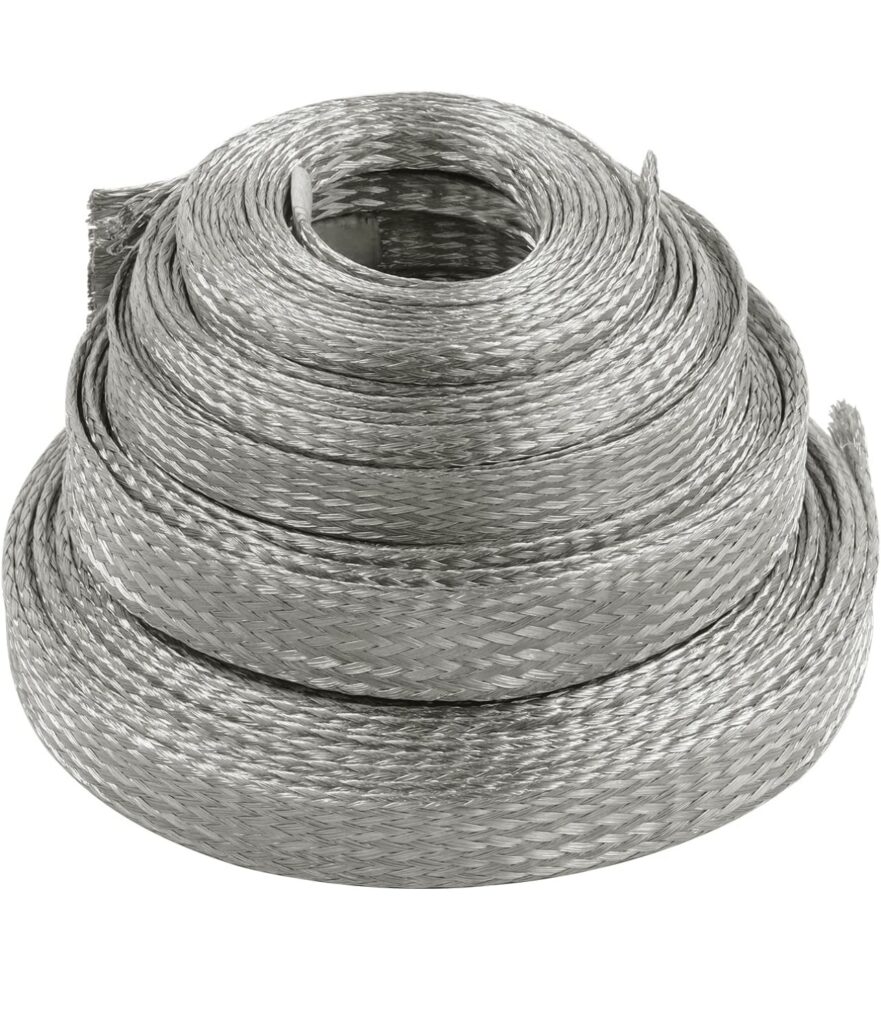
I then needed to find a way to get the foam rubber strip inside the copper braid. I first carefully ran a 12 AWG black/red wire pair into the center of the braid, then used that to pull the foam rubber strip through the braid.
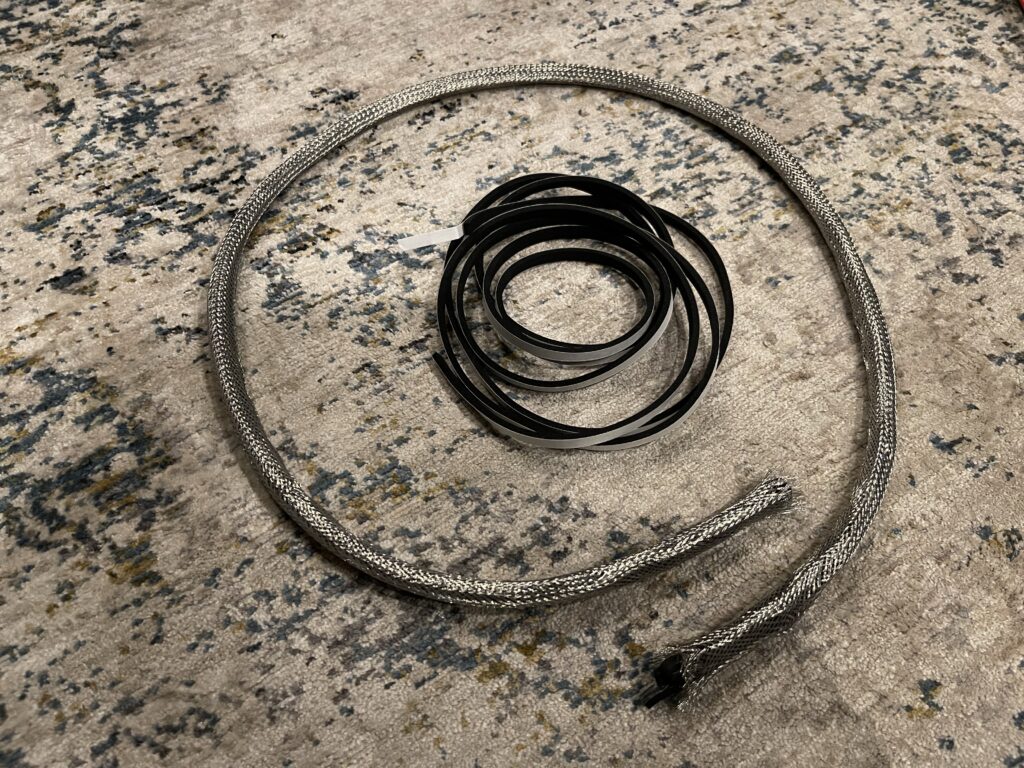
I then placed this copper braid seal around the inside of the lid and pressed it in.
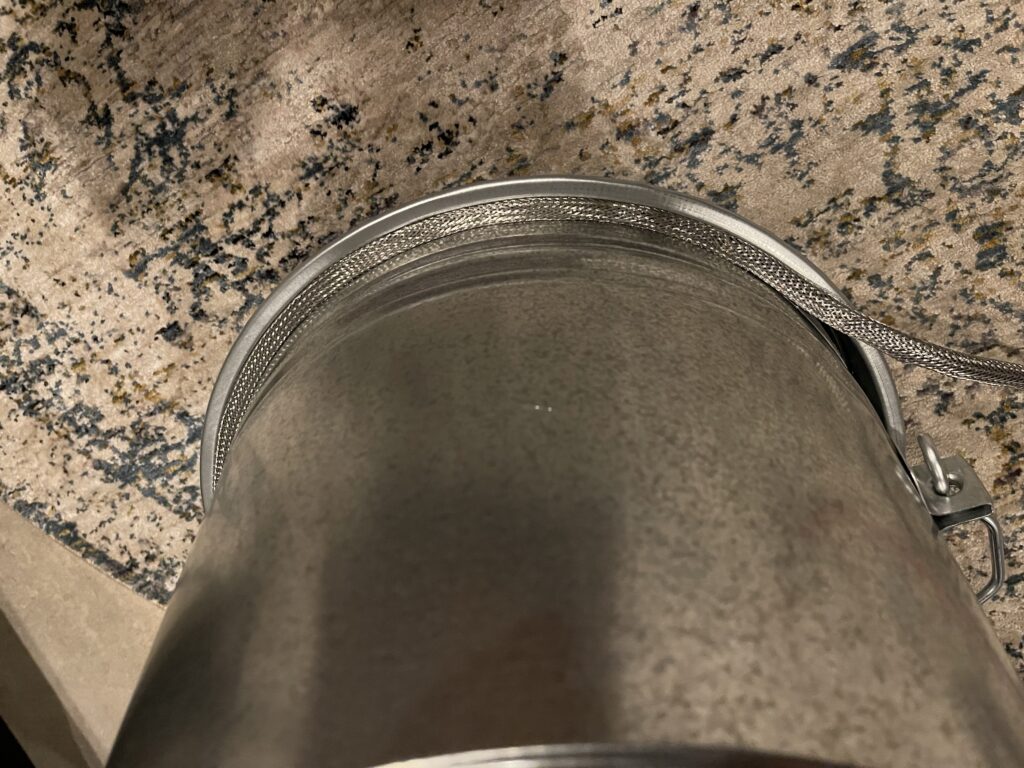
I repeated the test and it was a success! Not only did the iPhone not receive the ping request, it didn’t receive calls, dropped off the Wi-Fi network, air pods disconnected, and the “find my…” feature couldn’t locate or play a sound on the iPhone.
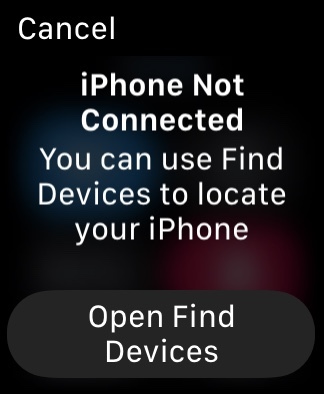
This seal not only blocked enough of the RF but it can be removed and placed back without wearing down much. This allows me to use the items in the can on occasion or as needed, without having to replace the seal components.
Higher Power Tests
I then placed a Baofeng HT inside the can with the PTT on, on a 2 meter simplex frequency. I placed the lid on the can and monitored the frequency with the FT-991A. As soon as I closed the lid, the signal disappeared completely. At this frequency, the lid seal was unnecessary.
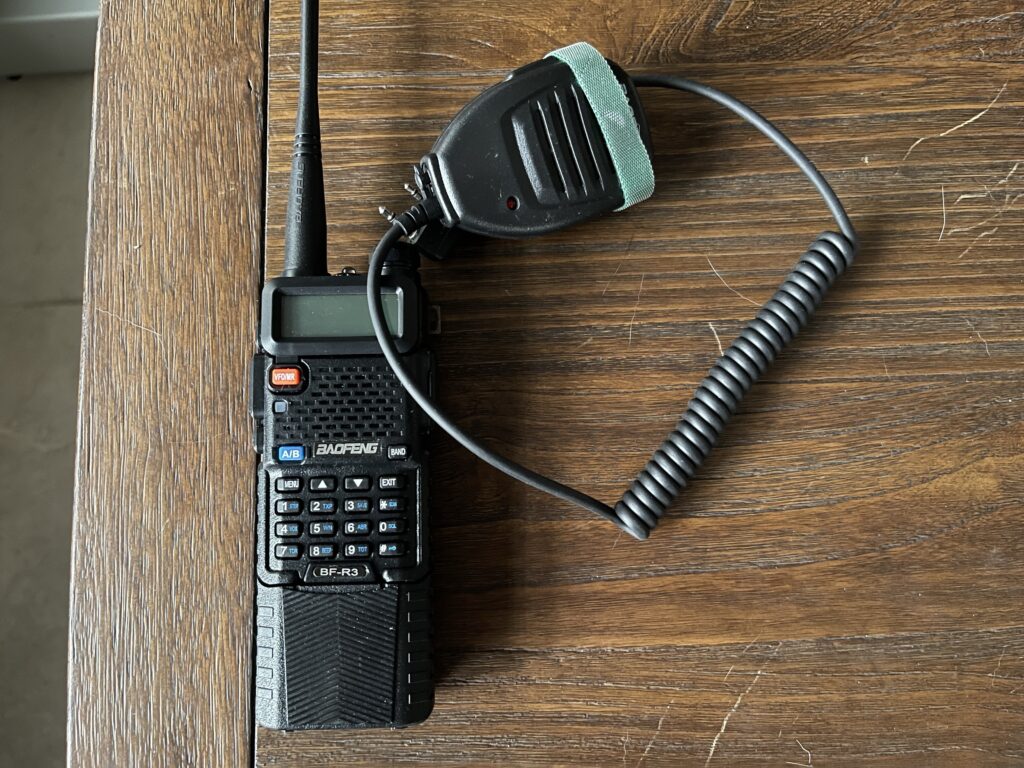
I increased the transmitting frequency to 70 cm and found that the lid without the seal was not sufficient. The seal was necessary and eliminated any trace of the signal outside of the can.
Items to Place in the Can
While everyone will have unique combinations of equipment they would place inside the can, the limits are simply storage space. Remember, if an EMP were to take out the grid, it will likely take out anything outside of the can. Plan on everything outside of the can as being rendered inoperable by the EMP and the only working equipment would be what you kept in the can at the time.
You will need to consider what those devices need, such as power, antennas, baluns, etc. Don’t plan on using an RF rig which consumes 20 amps of current if you don’t also have a way to power it. You’ll need a larger battery and solar array. If those don’t also fit in the can, downsize the radio. Plan for and test your power sources. Make sure you have a balance between power consumption and recharge capability. Make sure you can recharge everything you place in the can with an item that’s also in the can.
My opinion on the most valuable items to have would be:
- Foldable solar arrays to charge batteries or power banks
- Rechargeable batteries (AA, AAA, D, ~12V LiFePO4, etc)
- An HF transceiver with CW and phone capabilities
- An ultra portable PC for use with digital modes and for other utilities
- Antennas (HF and others)
- HTs – several for each band/service. Include CB, FRS and GMRS. Have a few pairs for use within your group if needed.
- Test equipment: DVM, antenna analyzer, etc.
- USB flash drives with all software needed for all equipment in the can. Include all your photos, music, electronic / medical / survival books.
- Shortwave, broadcast, and general coverage receiver
- SDR dongle (for use with the PC)
- Flashlights
- Spare parts such as fuses, wire, baluns, various electronic parts or kits. Have spare USB cables, charging cables, adapters.
- Scientific Calculator
Remember, you won’t need to store tools or non electronic items in the can. These likely survive an EMP, but anything with electronics might not. Since there is limited space inside the can, you can always have a separate pack or container for tools.
Alternatives
A great alternative to the Behrens or similar cans would be old popcorn cans. These are great enclosures which can be similarly converted.
I repeated the same tests as described above with these cans and found that it was absolutely necessary to add an additional seal around the lid. I even tried placing one smaller tin inside a larger tin to see if that offered improved protection. The phone inside small tin still responded to the ping request.
For a complete seal at higher frequencies, the same tinned copper braid can be used. Simply cut along one side of the braid so that it can be placed around the rim and place the lid over the braid.
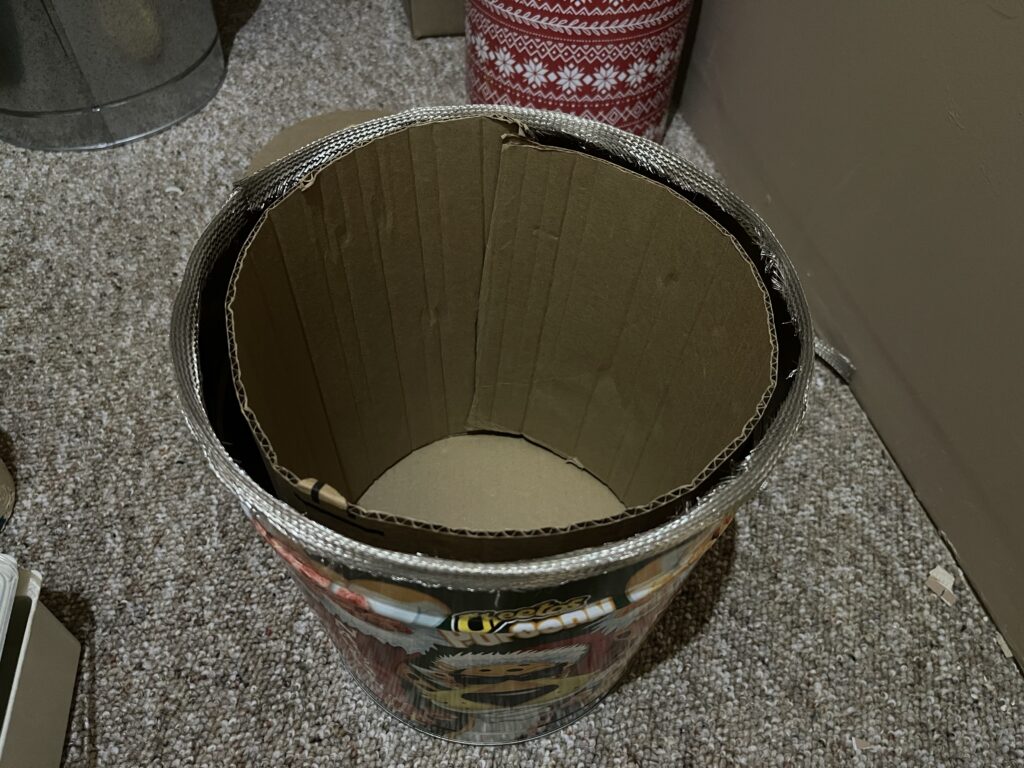
Using the copper braid in this fashion did not work on the Behrens can, but does work on the popcorn cans. I suspect the popcorn cans have a tighter fitting lid.
Closing Remarks
I chose a solution which addresses not only an EMP scenario, but also emergency and portable use. Another way to think about it was I put together a single solution that serves as my portable / go kit, and put it all inside an EMP protective container rather than a backpack. Adding the EMP protection was just an additional layer of preparedness.
The seal around the lid was critical – and testing the can was important. If I hadn’t tested with transmitters inside the can, I would not have improved the seal, and might not have had adequate protection from an EMP. It should be noted that the higher the frequency, the more important the seal is. This is expected – the higher frequencies have shorter wavelengths, and shorter wavelengths can find their way inside any opening that might permit them to pass through.
